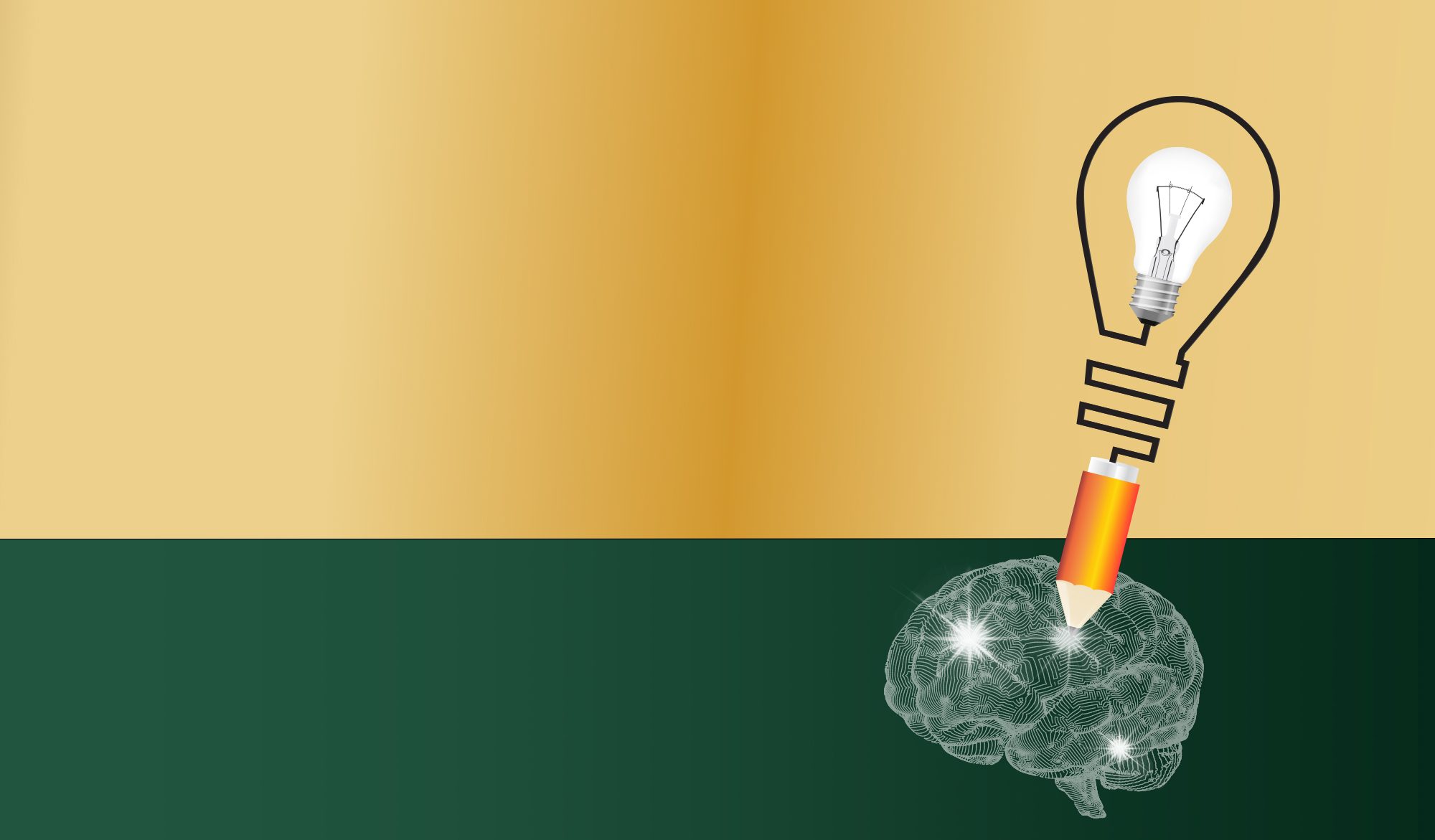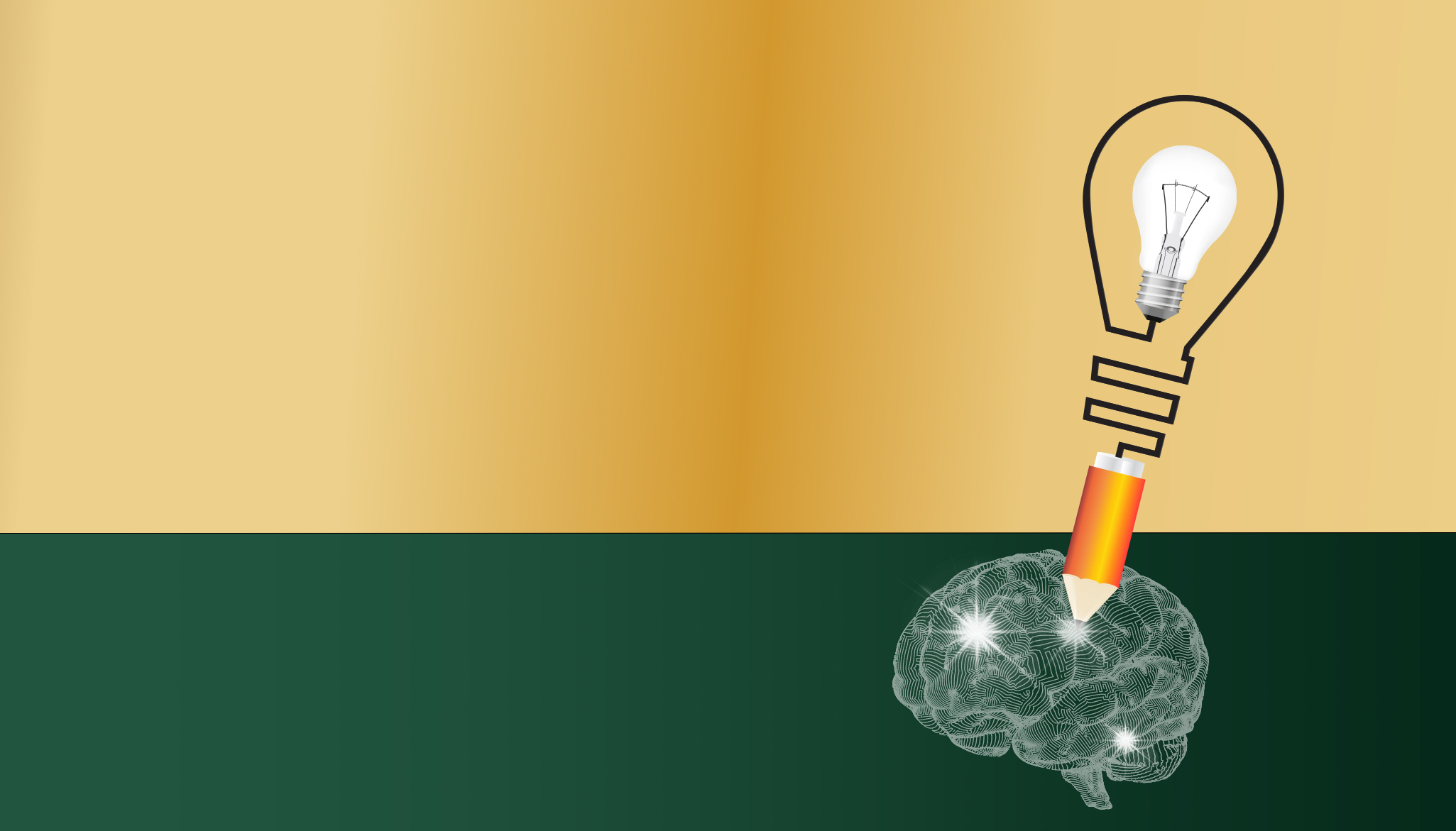Massive memory structures are important for learning entire areas of expertise. Multiple books, articles, conferences, dates and people, and practical experiences can coexist in one context when the context is flexible and can hold around 1 mil keywords. With some training, anyone can build and maintain such structures.
Lessons learned during the last 5 years
I already wrote about massive memory structures 5 years ago, when I started to create my memory course https://keytostudy.thinkific.com/courses/keytostudy-memory-masterclass.
Here is what I wrote in the past:
The memory course was a work in progress for 5 years. It started with 8 sections and now it has more than 14 sections. During that time I was improving the methodology to allow easy integration of more than 1 mil keywords. Now I feel that I have a working system, and I am writing a book about it.
What can you do with 2 mil keywords?
2 million keywords can encode pretty much everything. Historically memorizing holy books has been a measure of one’s memory skills. So consider that option as an example.
The King James Authorized Bible has 783,137 words. Quran is a bit shorter with 157,935 words. Typically you will not encode just words, but for example indices or “concordances”, maybe with some commentaries. On the other hand, you will probably not encode stop words that are very common and can be easily recreated from the context.
A language user with 10,000 words is considered fluent, on par with a native. Clearly, language requires several keywords for each word we remember, including disambiguations and differences between reading and writing. If the word is irregular, then more. Pictograms may be complex. So I think that 12 keywords are adequate to represent a word. To use the language bi-directionally on a native level 240,000 keywords encode pretty much everything you need. Add common phrases, syntax, and local dialects. 2 mil keywords will encode at least 6 languages really really well – well enough to think in that language or work as a professional interpreter.
It’s not like we can really encode everything in 2 mil keywords. We can probably encode all vertebrates and their key characteristics, but definitely not all the insects with their key characteristics. And it is not enough to just encode, we need to actually use the knowledge we have, including its retrieval and so on.
Guinness World Record Memorizes 70,000 digits for the mathematical value of Pi. It takes a man 24 hours just to recite a value that long from memory. Even if you can memorize much more, is that a good use of your time to train that?
Using mental landscapes
Mental palaces and mindmaps make sense for 20 keywords, maybe 200 keywords with smarter management. A master can encode 2000 keywords in a single structure, but then even a master gets exhausted and uses multiple structures. If you need to encode 2 mil keywords, I recommend using structures combining multiple elements: mental palaces, mindmaps, PAOs, and more. I call these huge hybrids mental landscapes.
The basic mental landscape is a mental city that contains several streets with mental palaces radiating from a square with visualization of the relevant subject area, which I also call an anchor marker. And then you can grow and combine such visualizations as you find comfortable. For example, ontologies work better with mental forests rather than cities.
The mental landscapes can be very flexible combining heterogeneous objects into one huge multidimensional landscape. You cannot really observe the entire mental landscape and need multiple tools to navigate within it. The connectivity of the objects within the mental landscapes is the best tool for maintaining their integrity. The stronger the connections between various hybrid structures within the landscape, the larger the chance of its long-term retention.
PAOX as the basic atomic visualization
Rather than use a single visualization per keyword we introduce atomic visualizations. Atomic visualization encodes multiple keywords in a way that does not allow decomposition. It is a stable visual phrase that can be used and if necessary reused as a single unit.
A person performing an action on an object is the basic atomic visualization. It is actually quite easy to master with some training. We do not use PAO for just numbers: almost anything can be transformed into this form, usually up to 5 keywords.
PAO has its own limitations, and not all keywords are uniformly distributed. We can add some X factors to the visualization. For example, statues usually stay on pedestals and often contain interactions of either two people or two objects. Memory masters often encode the object into action, like shooting something with a pistol. I prefer to use it as an entirely different object with multiple characteristics. A PAOX can easily encode 10 and with some effort 20 words in one visualization. Usually, we do not use more than 1 chunk per visualization.
Chunking
PAOX is a combination of highlighting, chunking and visualization. Beginners usually work with 5 words chunks.
I find matrix chunking more effective, like 3×3 chunks. Or even more complex 3×3, where the last square can be a nested 3×3 chunk with sparse coverage, or a 5×5 sparse matrix with 5 simple words in the first row, 3×3 in rows 2-4, and a single complex word in row 5. For me personally, 12 keywords are the limit of reasonable chunking. Base 8 of base 12 concepts are quite common: like IChing and horoscopes.
If PAOX does not encode the chunk properly, there may be a “carry” keyword into the next chunk. I never saw a use case for chunks larger than 12 keywords. If the base is 60 like in the chinese horoscope or 64 like a chessboard, PAOX is not a very good encoding and something more exotic is appropriate.
Generic mental palaces
While we often start creating mental palaces from the places we know intimately well, like our childhood home, we cannot really use that for massive memorization. A memory master can use and reuse 300 places in a 3-rooms apartment: on the bed, on the table, on the chair, and so on, creating very long itineraries. This is a bit useless if all you want is to remember just 20 keywords. So I suggest more primitive mental palaces: tribal longhouses or spiritual octagonal halls with a single room.
Even if you choose to use your home as a mental palace, I suggest making it more generic. Throw away the furniture you do not need. Place one PAOX in every corner and one mindmap on every wall. Make navigation within each palace faster, and stack palaces vertically in skyscrapers or horizontally into streets. This makes everything so much faster and easier. The details should come from the encoded visualizations, not from your childhood memories.
Wall objects
Walls are the most suitable place to put mindmaps and flowcharts. Unlike PAOX, these objects can be easily manipulated: disassembled and reassembled to convey new information. Flowcharts are great for placing logical markers like A+B=C or C = (A & B) | (D & ~E) or C: {A. B. D, ~E} or A->B or P(B) = P(A)P(B|A). Typically the language used for logical markers is the mathematical language of deductive or inductive thinking. Feedback mechanisms can also be used.
You can nest structures and embed an entire atomic mental palace or a link to an entire knowledge area as a block of a flowchart.
Hyperlinking
Associative connections are critical for stable mental landscapes. There is only so much knowledge you can revisit every day. Long-term memorization is ensured via the connectivity of structures, as well as multiple other things. Every page in wikipedia is connected to many other pages, and this hyperlinking makes the knowledge “more” in so many ways.
There are multiple strategies for connecting various areas in mental landscapes and navigating between them. For example, we can use everything a modern city offers: trains, tunnels, buses, and helicopter landing for emergency use.
Hyperlinking is a notoriously complex subject. Memory champions simply do not need it in competitions. The methods used by Roman orators are partially lost. Consistent visualizations and reuse of similar details in similar situations really help.
Visual dictionaries
It is a good idea to come up with the same visualization each time you use a keyword. Memory champions learn large tables of encoding for two-digit numbers. You do not really need that. However, each time you come up with a good visualization for an abstract word, reuse it. If you can, it is best to have 3 such visualizations: person, action, and object – and choose contextually.
Speedwriting
It is not reasonable to revisit in your memory with so many memory structures using spaced repetition schedule. Instead, I recommend using the knowledge actively, creating your own reading diary notes and articles inspired by what you read.
Memorization does not replace active use of the knowledge in the relevant context. If you fail to enter a mental palace, you will not be able to recall the knowledge within. So it is very important to access all the knowledge you really need from multiple perspectives.
Dual coding
If you can generate a word from acronyms or can add musical or rhythmic scores to the content, you can remember more complex phrases better. Visualizations tend to be ambiguous and allow multiple interpretations. Some things can be interpreted from the context, but if you need really accurate representation and fast recall dual coding is more appropriate.
Conclusion
As you can see from this article, memorizing A LOT of highly connected information for a very long time is a complex task that requires dedicated solutions. I will publish some more related aspects in this blog. I will also write a book – partially based on my memory course https://keytostudy.thinkific.com/courses/keytostudy-memory-masterclass. This site, the books, the courses, and 1:1 with Anna complement each other. Please consider combining these resources.
[There is a time-limited 50% discount coupon keytostudy_memory_speedread_50, and it applies to the recommended bundle
https://keytostudy.thinkific.com/bundles/keytostudy-triple-memory-triple-reading-speed-triple-focus
as well as its components
https://keytostudy.thinkific.com/courses/keytostudy-memory-masterclass,
https://keytostudy.thinkific.com/courses/keytostudy-speedreading-masterclass-1,]

Get 4 Free Sample Chapters of the Key To Study Book
Get access to advanced training, and a selection of free apps to train your reading speed and visual memory


